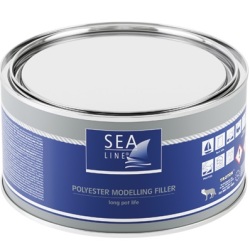
| Type | GRP laminates, wood, steel, aluminum |
| Place | Above waterline |
| Function | Large surfaces |
| Application | Putty knife |
| Pot life 20°C | 8÷10 min |
| Hardening time 20°C | 30÷40 min |
| Color | yellow |
| Pack | code |
| 2 kg – 5 kg – 25 kg – | 4952 4600 4601 |
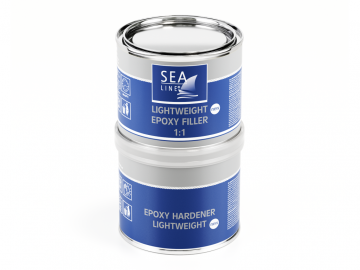
Epoxy filler lightweight 1:1 NEW recommended for large areas due to low own weight PRODUCT DESCRIPTION : low weight and […]
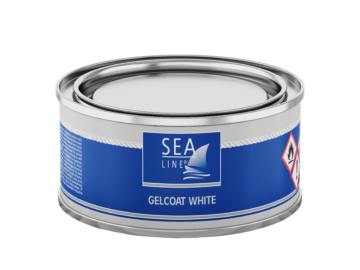
Gelcoat based on IZO/NPG resin, thanks to which it achieves good resistance to weather conditions and high mechanical properties. Primarily […]
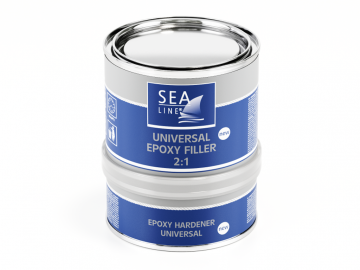
Epoxy Filler Universal “NEW” 2:1 PRODUCT DISCRIPTION : Small repair caused by the action of osmosis. Healed minor damage, small […]
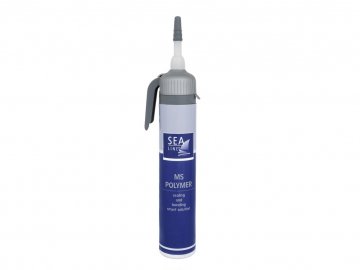
Is elastic sealant recommended for sealing and bonding various types of materials. PRODUCT DESCRIPTION: POLYMER is recomended for use on […]
It is not recommended to apply 2K paints over 1K paints. 1K and 2K inks differ in their composition and properties, including hardness, chemical resistance and durability. 1K paints are one-component and dry by evaporating the solvent, while 2K paints are two-component and need to be cured by adding a hardener. Applying 2K paint over 1K paint can cause unpredictable chemical reactions and lead to undesirable effects such as dulling, chipping or flaking of the paint. Therefore, always use paints according to the manufacturer’s instructions and do not mix different types of paints. farby zgodnie z instrukcjami producenta i nie mieszać różnych rodzajów farb.

Refilling and to tackle inequalities caused by damage to or during the course of production

Protects boat surfaces from the effects of destructive activities osmosis and corrosion

Provide an aesthetic and a perfect look of the boat also protective against water and UV radiation

Protect the hull from fouling with algae and shells

Effectively remove scratches, refresh the color of gelcoat or paint, fast shine effect

Special preparations for effective cleaning and refinishing

Laminating, gluing and filling in cracks in gelcoat

Range of products useful in the boat builder work